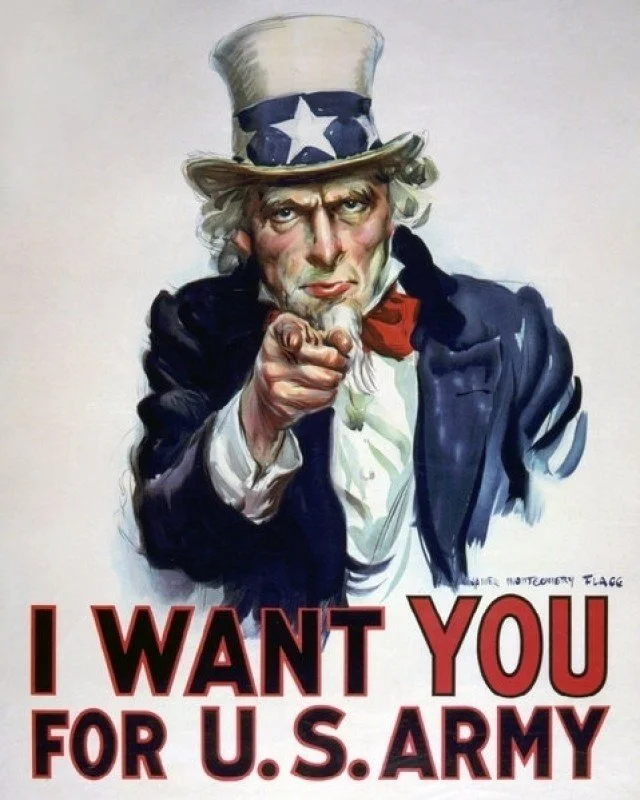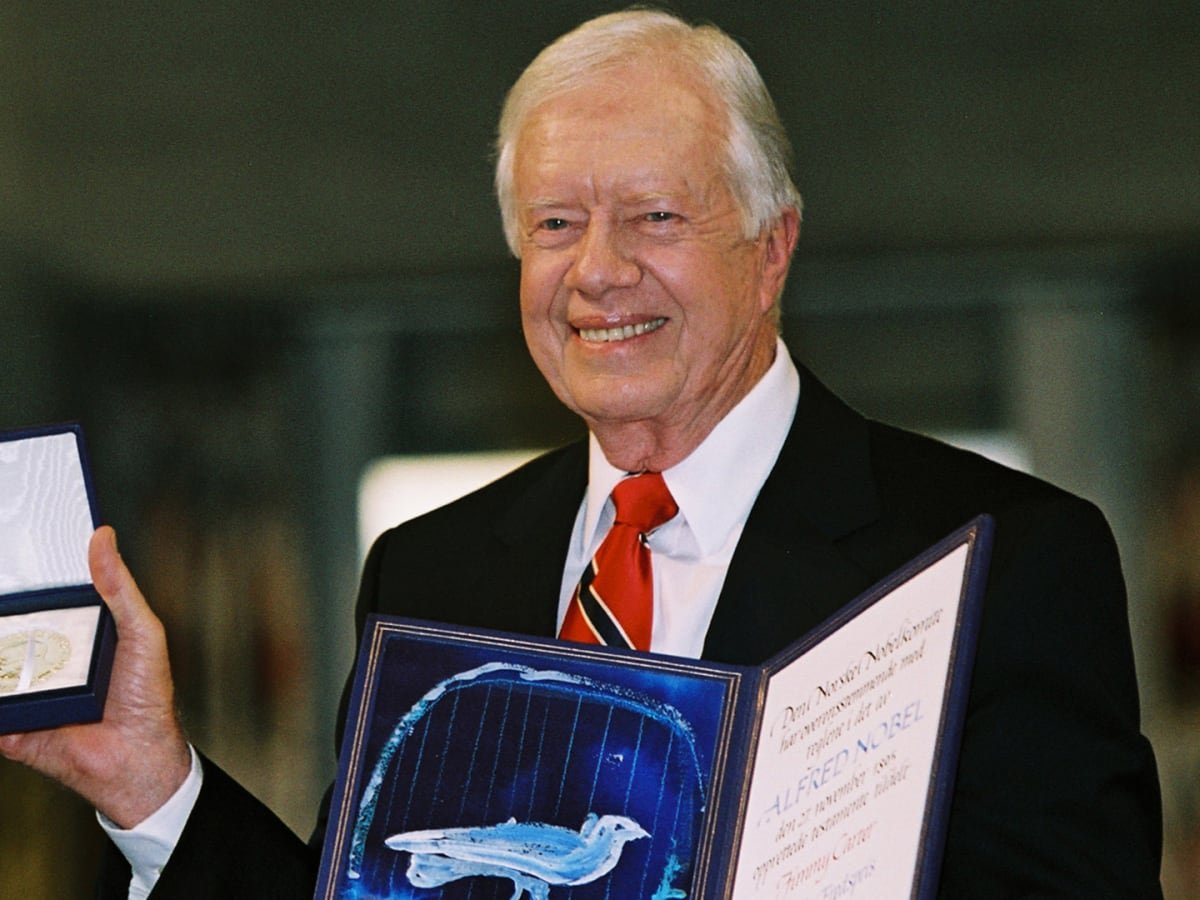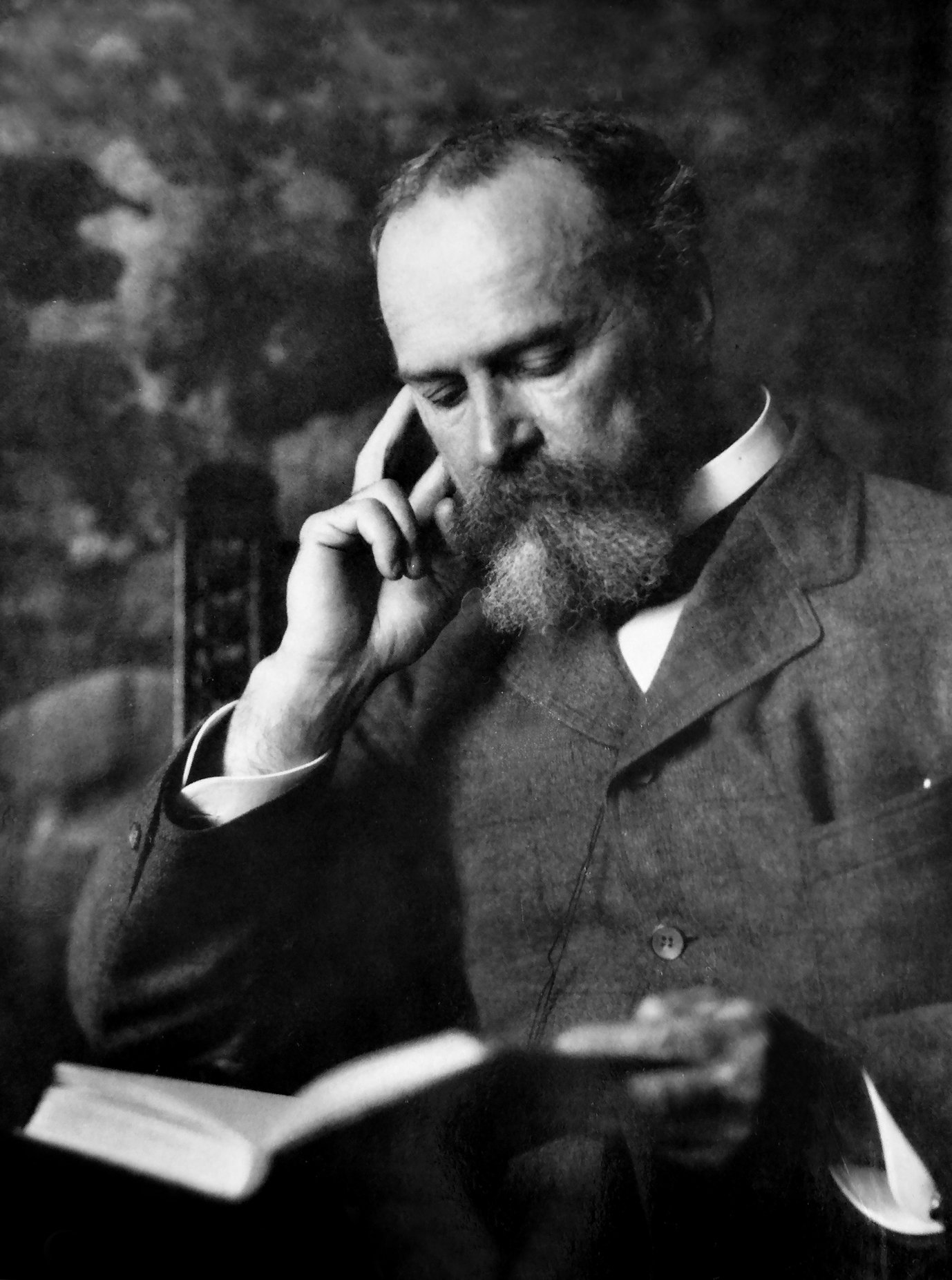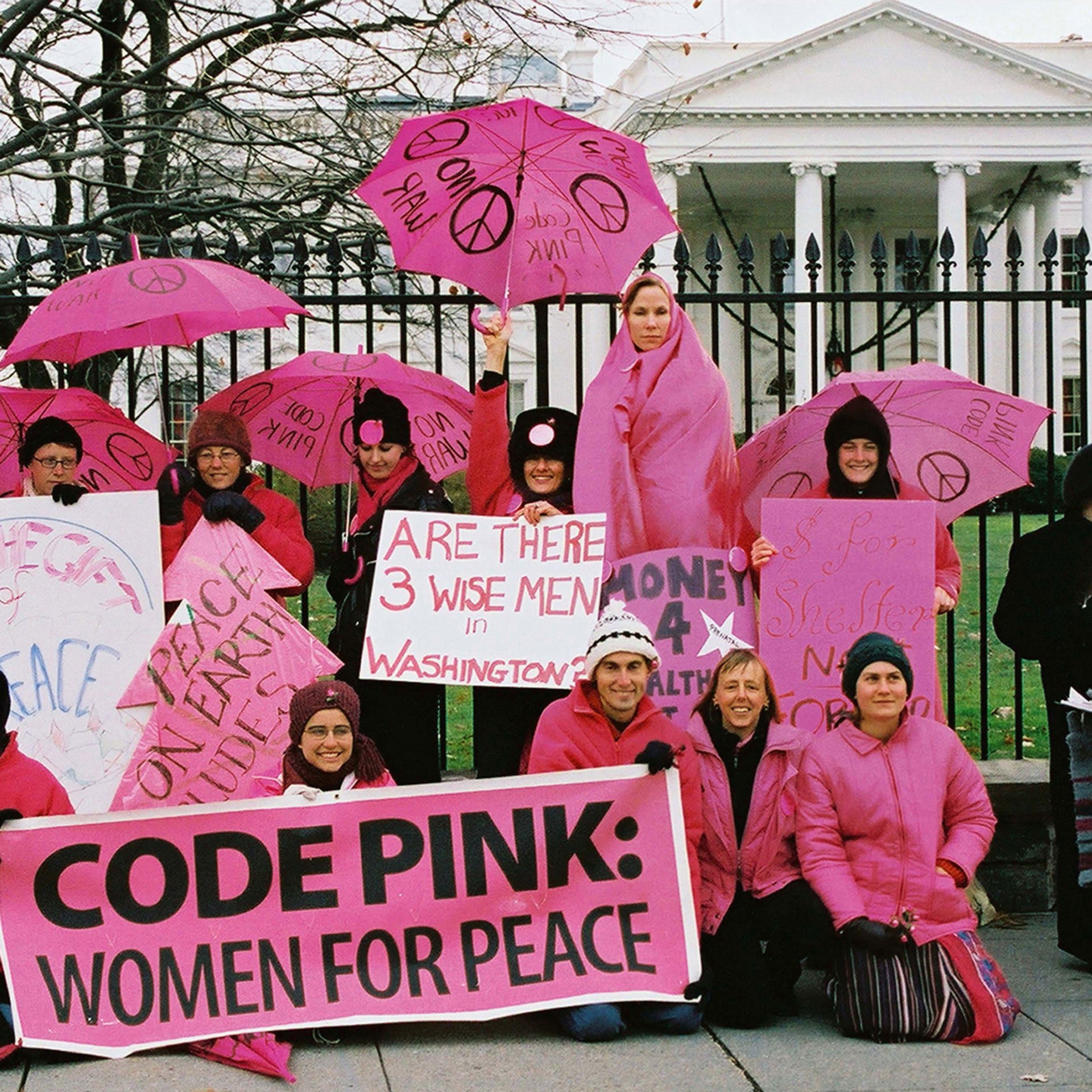MEET THE PEACEMAKERS
“Blessed are the peacemakers” — Matthew 5:9
LOS ANGELES, FEBRUARY 1967 — The “living room war” was raging but the anti-war crowd was easy to dismiss. Bearded. Long haired. Burning draft cards. Then one afternoon at her son’s first birthday party, Barbara Avedon began to worry.
Look at her little son and his friends. Were they destined to shoulder arms? Was there no end to war? Over balloons and birthday cake, Avedon, a TV sitcom writer, shared her concerns with other mothers. All agreed. They had to do. . . something.
"We were not 'bearded, sandaled youths,' 'wild-eyed radicals,' or dyed in the wool 'old line freedom fighters',” Avedon remembered. “And we wanted Congress to know that they were dealing with an awakening and enraged middle class."
Mother’s Day was approaching. Why not send cards to Congress? The mothers found a graphic artist who sketched a childlike daisy as a logo. Inside each card mothers wrote:
For my Mother's Day gift this year,
I don't want candy or flowers.
I want an end to killing.
We who have given life
must be dedicated to preserving it.
Please talk peace.
A thousand cards sold out. More were printed, and more. On Mother’s Day, 200,000 cards inundated Congress. At Christmas, 300,000 more cards went out. Another Mother for Peace was born.
America has been called “a country made by war.” Pentagon budgets and military families present a proud, strident face to the world. The eagle on our Great Seal holds arrows in one claw, but in the other claw the eagle clasps an olive branch. And peace has a long legion of American die-hards.
Our Peacemakers range from children drawing doves to grannies on the march. From “radical priests” pouring blood on draft records to grizzled veterans tossing their medals back. From the comfortable signing petitions to the embattled sitting on railroad tracks to block arms shipments. America’s Peacemakers have been mocked and spat on, denounced as traitors, arrested, tortured, killed. But few have been stopped.
The most prominent have earned peace’s highest honor, the Nobel Prize. Twenty Americans have been peace laureates. The list includes four presidents (Theodore Roosevelt, Woodrow Wilson, Jimmy Carter, Barack Obama) and seven diplomats. But nine American peace laureates were ordinary citizens who took action on their own, and shook things up a bit.
Individual dedication is inspiring, but war remains a daunting target. War’s relentless march explains why the history of American peacemakers is tied mostly to peace groups. These date to the War of 1812, a short war but a bloody one. In its wake, the New York Peace Society and the Massachusetts Peace Society began speaking out, writing, pamphleting. The two soon merged into the American Peace Society and, other than backing the Civil War, the group has promoted peace ever since.
Throughout the 1800s, peacework remained on the fringes, but come history’s bloodiest century, peace groups sprouted like daisies. Such groups ranged from the Catholic Worker Movement and the Women’s International League for Peace and Freedom to the American Friends Service Committee and the War Resister’s League.
World War II, the “good war,” silenced most pacifists but peace groups emerged in full stride to oppose the nuclear arms race and Vietnam.
Surging during the Eighties when a million Americans gathered in Central Park to support a Nuclear Freeze, groups have since splintered. They only coalesceduring another war, another “military action.” Yet for all their marching, pamphleting, protesting, peace remains elusive and we spend billions each day to prepare for war. Still, the Peacemakers hold onto hope.
To some, peace seems a universal good, yet the appeal of war goes well beyond guns and drums. Another American pacifist, philosopher William James, understood why. “The war against war is going to be no holiday excursion or camping party,” James declared at the dedication of a Civil War memorial. “War is the strong life; it is life in extremis.. . . The popular imagination fairly fattens on the thought of wars. Let public opinion once reach a certain fighting pitch, and no ruler can withstand it.”
Given the honor in fighting for your country, it takes a special person to work for peace. Peacemakers seem free of fear, from fear of standing alone, standing on principle no matter what the cost. War after war, such people emerge, olive branches in hand.
Since 2000, America’s peace groups have multiplied and diversified. Today, among more than 100 such groups are CODE PINK: Women for Peace, the Granny Peace Brigade, the Peace Crane Project, the Campus Anti-War Network, and Another Mother For Peace, revived in 2003 by Joshua Avedon, whose birthday party jumpstarted the group in 1967.
The Peacemakers, William James noted, are easy to dismiss. Sentimental softies promoting “a world of clerks and teachers." How dare they deny a nation’s legitimate defense? Will “Give Peace a Chance” protect us against the Hitlers, the Stalins, the Putins? Sure, we’re all against war but sometimes. . .
The Peacemakers know these arguments well. Their answers are complex, nuanced, but can be summed up in a single word — enough. Enough of the killing, the slaughter. Enough of the billions spent to prepare for war. Enough of raising children to be soldiers.
The peacemakers are not blessed to all, but in defiance of history and hubris, they march on.
See THE PEACEMAKERS for more. . .

















